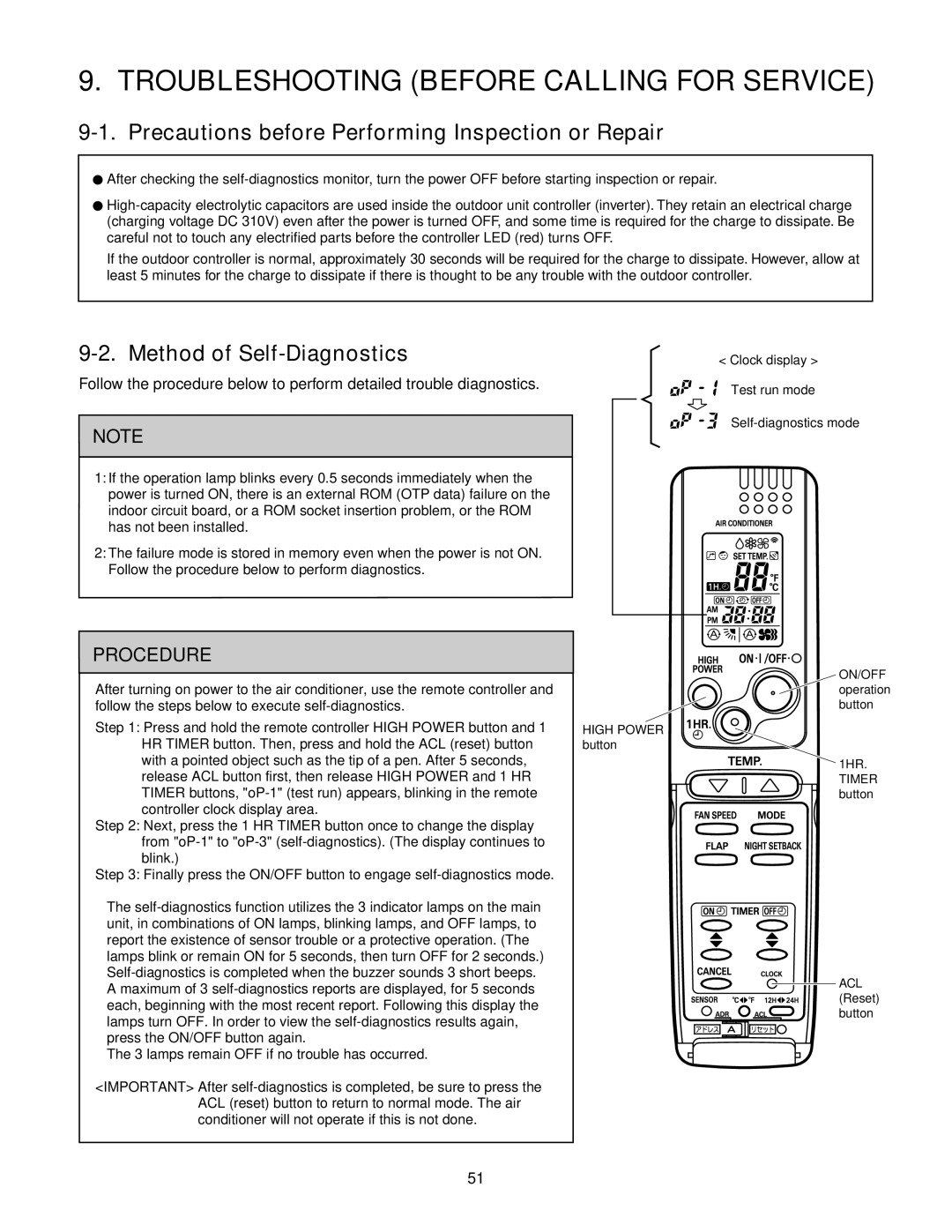CZ-18BT1U + CU-KS18NKU, CZ-18BT1U + CU-KS12NK1A, CZ-18BT1U + CU-KS18NKUA, CS-KS18NB4UW, CS-KS12NB41 specifications
The Panasonic CZ-18BT1U indoor unit, when paired with the appropriate outdoor units like CU-KS18NKU, CU-KS18NKUA, CU-KS12NK1A, CS-KS18NB4UW, and CS-KS12NB41, offers a robust solution for maintaining optimal indoor climates. These units are designed for residential and commercial applications, ensuring reliable heating and cooling performance.One of the standout features of the Panasonic CZ-18BT1U is its energy efficiency. This model boasts a high Seasonal Energy Efficiency Ratio (SEER), enabling users to enjoy a comfortable environment without incurring excessive energy costs. This is further complemented by advanced inverter technology, which allows for variable speed operation, adjusting the compressor activity based on the cooling or heating needs of the space. This feature not only enhances comfort but also minimizes energy consumption.
The outdoor unit options, CU-KS18NKU, CU-KS18NKUA, and CU-KS12NK1A, support this efficiency with high-performance compressors designed for reduced noise levels. They are built to withstand varied weather conditions, ensuring durability and longevity. The outdoor units also feature high-efficiency heat exchangers that improve thermal performance, enhancing overall system efficiency.
Noise reduction is a critical consideration in HVAC systems, and the Panasonic CS-KS18NB4UW and CS-KS12NB41 outdoor units are engineered with this in mind. They operate at low decibel levels, making them ideal for residential areas where noise can be a concern. Additionally, these units come equipped with a wide range of operational modes, such as cooling, heating, and dehumidification, providing users with year-round comfort.
Flexibility and installation convenience are enhanced by the compact design of both the indoor and outdoor units. This versatility allows for various placement options, making them suitable for different room layouts.
Moreover, these systems incorporate air purification technologies, which help to improve indoor air quality by filtering out pollutants. This feature is especially beneficial for users with allergies or respiratory conditions, ensuring a healthier living environment.
In summary, the Panasonic CZ-18BT1U paired with CU-KS18NKU, CU-KS18NKUA, CU-KS12NK1A, CS-KS18NB4UW, and CS-KS12NB41 units offer an efficient and quiet HVAC solution. With advanced technologies, energy-saving features, and health-oriented design, they are a smart investment for maintaining comfort and improving air quality in any indoor space.

